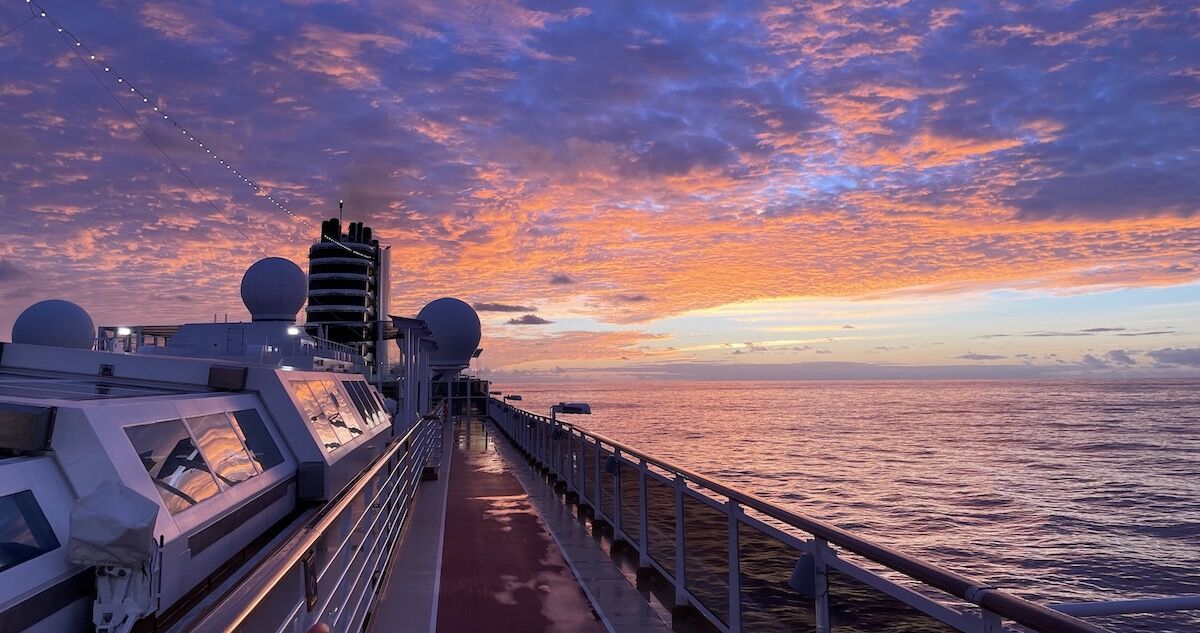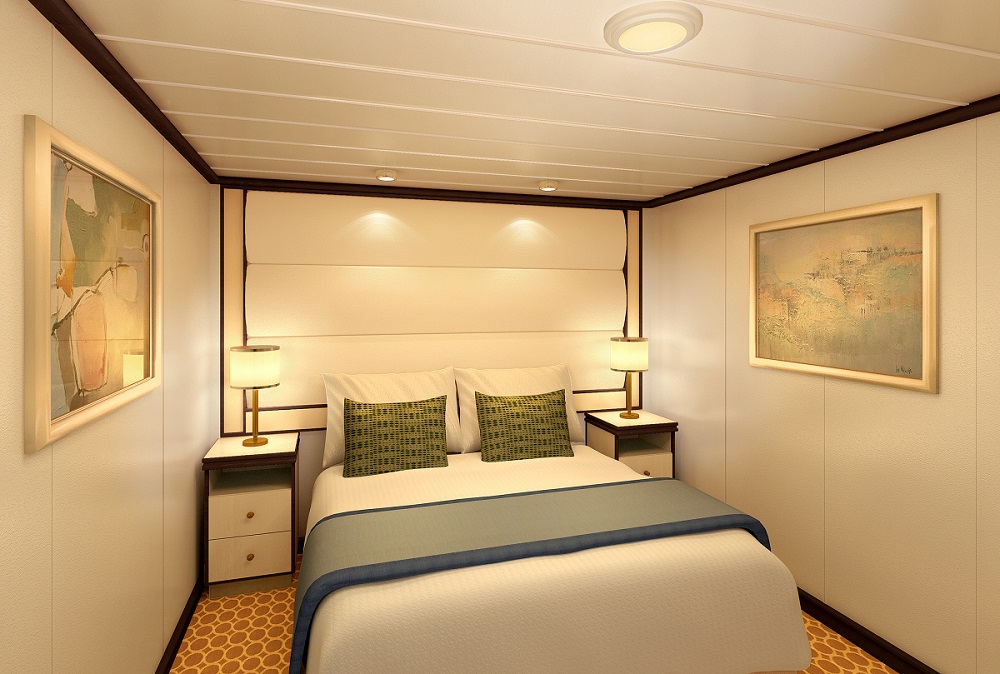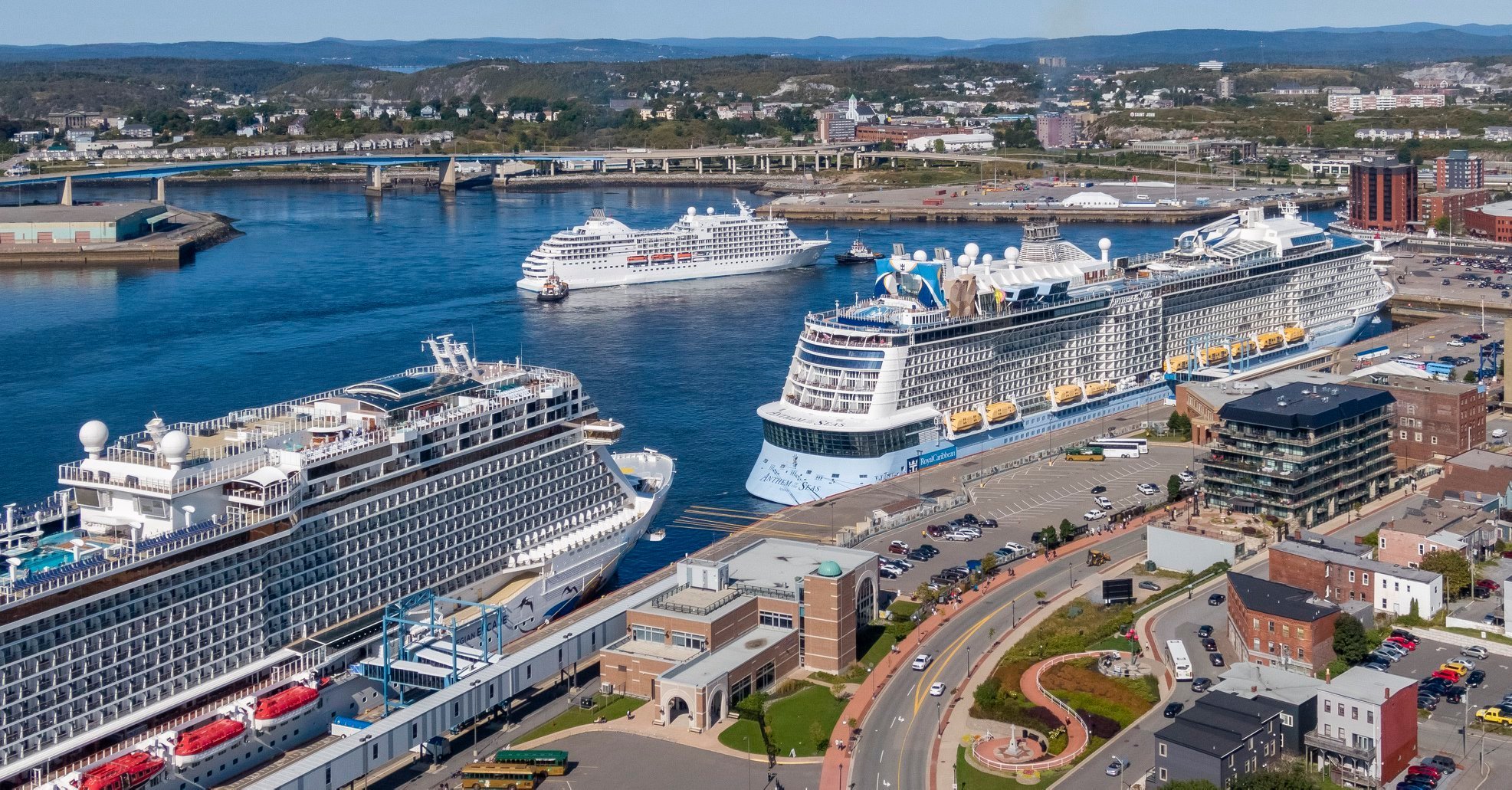© 2025 AffordableJourney. Built with care by our team. All rights reserved.
Crossing the Atlantic on a Budget Cruise—What No One Told Me
By Elena Moretti
A candid look at life on the open sea without breaking the bank.
Why I Chose a Budget Cruise Instead of a Flight
When I first told friends I was crossing the Atlantic by cruise ship, their reactions fell into two camps: half thought it sounded romantic—like something out of a 1930s movie—and the other half thought I’d completely lost my mind. “Why would you spend a week at sea,” they asked, “when you could fly in eight hours?”
The short answer: money and curiosity. I’d been browsing flights from Lisbon to New York and was bracing myself for the sticker shock—until a random search landed me on a transatlantic cruise deal. Seven nights, all meals, entertainment, and a cabin for less than the cost of a one-way flight. My travel budget perked up instantly.
But it wasn’t just about saving money. I was craving a slower pace of travel, a chance to watch the world change outside my window, to experience the rhythm of life at sea instead of teleporting across time zones. I imagined reading novels on deck, sipping coffee while dolphins played alongside the ship, and chatting with fellow wanderers who had chosen the journey over the destination.
Of course, I also imagined glamour—champagne at sunset, glittering ballrooms, maybe a string quartet in the background. The reality turned out to be… different. Not bad—just different. There were surprises no glossy brochure had prepared me for, from the tiny quirks of budget cruising to the unexpectedly profound moments that can only happen when you’re days from land in any direction.

Life in a Budget Cabin: The Good, the Bad, and the Cramped
When you’re booking a budget cruise, you quickly learn the meaning of the word “inside cabin.” That’s code for “no window, no natural light, and just enough floor space to sidestep your suitcase.” I’d prepared myself for small, but stepping inside my cabin for the first time was a moment of truth.
The room had everything I technically needed—a bed, a small desk, a bathroom the size of a phone booth—but it took me a while to adjust to living in a space where I couldn’t tell day from night without checking my watch. The first morning, I woke up convinced it was dawn, only to realize it was 11:30 a.m. My body had no sense of time, and the ship’s gentle rocking only added to the dreamlike feeling.
That said, budget cruising also means you’re rarely in your cabin. Between meals, live shows, trivia contests, and endless opportunities to sit on deck staring at the sea, the cabin was really just a place to sleep. And sleep I did—something about the ship’s motion and the complete darkness of an inside cabin made for the deepest rest I’d had in months.
The trick, I learned, was to make the cabin feel personal: a scarf draped over the chair, a small travel candle (unlit, for safety) to bring a familiar scent, a playlist to drown out hallway chatter. A budget cabin may not be glamorous, but it can feel like a cozy cocoon if you embrace its quirks.

The Rhythm of Sea Days
If you’ve never been on a cruise with multiple consecutive “sea days” (meaning you don’t stop at any ports), it’s an entirely different kind of travel. There’s no rushing to disembark, no sightseeing itinerary—just a floating world where the horizon never changes.
The first day at sea, I roamed the ship like a kid exploring a giant playground: checking out the library, tasting pastries at the café, peeking into the gym (note: I did not actually use the gym), and finding the perfect deck chair spot for reading.
By day two, I’d fallen into the ship’s gentle routine:
Morning coffee on deck, watching flying fish skim the waves.
Breakfast buffet where I inevitably took “just one more” croissant.
Midday lecture from the onboard naturalist about marine life in the Atlantic.
Afternoon nap because… why not?
Sunset on the top deck, camera in hand.
Sea days have a way of slowing time in a way I didn’t expect. At first, I thought I might get bored, but instead, I found myself more relaxed than I’d been in years. Conversations with strangers stretched for hours, books got finished, and I actually started paying attention to how the light changed over the ocean during the day.
Of course, not every moment was Instagram-perfect. The Atlantic can be moody, and one particularly windy day had us all walking down hallways like tipsy sailors, gripping the walls for balance. But even that had its charm—it was part of the shared experience, the “we’re in this together” camaraderie that you only get when you’re far from shore.

The Surprises No One Warned Me About
Here’s what the brochures don’t tell you about budget transatlantic cruises:
Food fatigue is real. Even with multiple dining options, by day six you will start dreaming of a simple homemade meal.
Laundry is pricey. Unless you want to spend $25 on a small bag of laundry service, plan to hand wash in your sink.
Internet is… questionable. And by questionable, I mean you’ll pay a lot for Wi-Fi that loads emails slower than dial-up.
You will make strange, fleeting friendships. One day you’re having deep talks with a couple from Australia over dinner; the next day you might not see them again for the rest of the trip.
One of my biggest surprises was how quickly the days slipped by. I thought a week at sea might drag, but I was almost sad when the captain announced we were approaching our destination. The ship had become its own little floating village, complete with familiar faces in the hallways and “regulars” at certain tables in the dining room.
The other surprise? The Atlantic at night. There’s no light pollution, no hum of traffic—just a dome of stars so clear it feels like you could reach up and touch them. One night I stood on the upper deck at 2 a.m., wrapped in a blanket, listening to the waves and staring at the Milky Way. That moment alone was worth the ticket price.

Arriving After Days at Sea
When we finally approached the coast, I felt a strange mix of excitement and reluctance. Part of me couldn’t wait to step onto land, eat something other than buffet food, and have internet that worked. The other part didn’t want the spell to break.
The arrival was slow and almost ceremonial—watching the horizon shift from blue to green, the distant outline of buildings growing sharper. People crowded the decks, cameras ready, and there was this shared buzz of “we made it.”
Unlike flying, where you step off the plane and you’re instantly somewhere else, arriving by ship felt earned. I had seen the ocean in all its moods, felt its sway, lived by its rhythms. Stepping onto the dock was like leaving another world behind.
And here’s the thing—yes, a budget cruise means compromises. Smaller cabin, slower internet, less variety than luxury lines. But it also gave me something I didn’t expect: the space to slow down, notice details, and connect with both strangers and myself in a way that modern travel rarely allows.

Would I Do It Again?
Absolutely. But I’d do it differently next time—pack fewer clothes, bring my own pillow, download books and movies before boarding, and accept that the coffee will never be quite strong enough.
Budget cruising isn’t for everyone, but if you value the journey as much as the destination—and if you’re okay trading speed for experience—it can be one of the most rewarding, affordable ways to cross an ocean.
For me, it wasn’t just about saving money. It was about reclaiming time, about feeling the distance instead of skipping over it. And in a world obsessed with rushing from one thing to the next, that felt like a rare and beautiful luxury.




